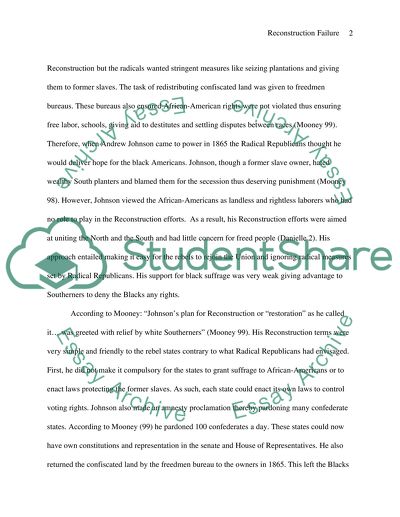Cite this document
(“In 1935, long after Reconstruction had ended, civil rights activist W Essay”, n.d.)
In 1935, long after Reconstruction had ended, civil rights activist W Essay. Retrieved from https://studentshare.org/history/1487120-in
In 1935, long after Reconstruction had ended, civil rights activist W Essay. Retrieved from https://studentshare.org/history/1487120-in
(In 1935, Long After Reconstruction Had Ended, Civil Rights Activist W Essay)
In 1935, Long After Reconstruction Had Ended, Civil Rights Activist W Essay. https://studentshare.org/history/1487120-in.
In 1935, Long After Reconstruction Had Ended, Civil Rights Activist W Essay. https://studentshare.org/history/1487120-in.
“In 1935, Long After Reconstruction Had Ended, Civil Rights Activist W Essay”, n.d. https://studentshare.org/history/1487120-in.


